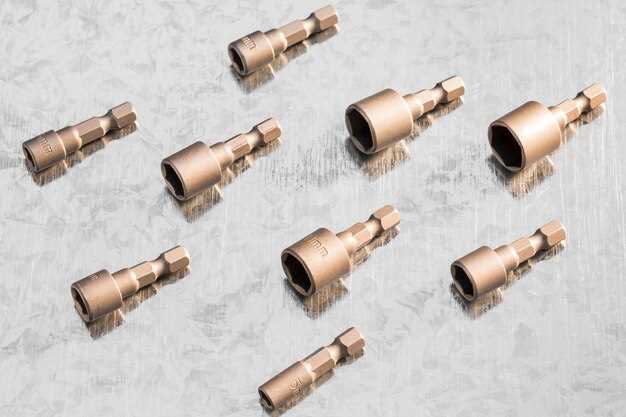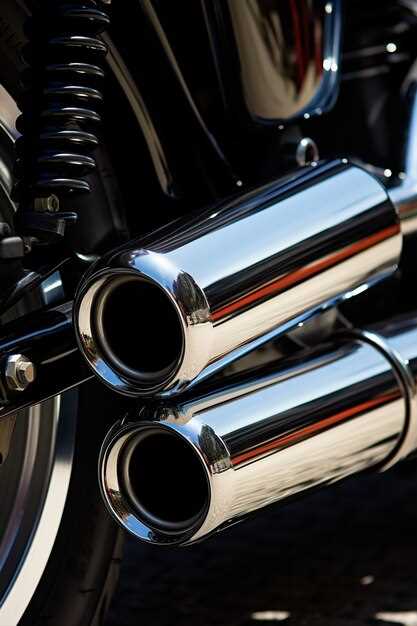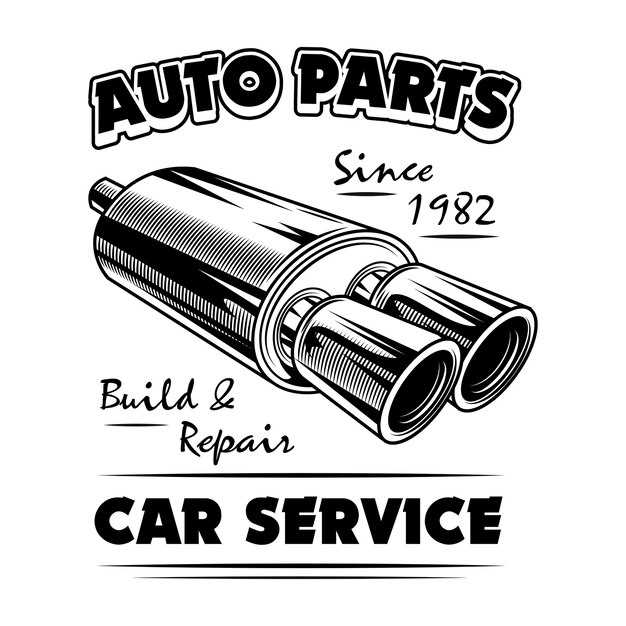
When it comes to enhancing your vehicle’s performance, the exhaust system plays a crucial role. Among the various options available, Cat-Back and Turbo-Back exhaust systems are two popular choices for automotive enthusiasts looking to increase horsepower, torque, and overall driving experience. Understanding the differences between these two systems is essential for making an informed decision that aligns with your vehicle’s needs and your performance goals.
A Cat-Back exhaust system refers to an aftermarket exhaust that extends from the catalytic converter to the rear of the vehicle. This type of system focuses primarily on improving the flow of exhaust gases, optimizing sound quality, and providing a balance between performance and everyday drivability. Cat-Back systems are typically easier to install and can be a great option for those looking for moderate enhancements without extensive modifications.
In contrast, a Turbo-Back exhaust system provides a more comprehensive upgrade by replacing the entire exhaust system starting from the turbocharger and extending all the way to the rear. This system is designed primarily for turbocharged engines, offering significant improvements in power output and efficiency. Turbo-Back systems often include components such as downpipes and may require more elaborate installation procedures, making them suitable for those seeking serious performance upgrades.
Understanding the Key Components of Cat-Back and Turbo-Back Systems

When it comes to upgrading exhaust systems, understanding the key components of Cat-Back and Turbo-Back systems is essential for making informed choices. Both systems serve to enhance performance and sound, but their construction and functionality differ significantly.
A Cat-Back system includes all components from the catalytic converter (cat) to the rear of the vehicle. Key elements consist of the intermediate pipe, muffler, and exhaust tips. The primary objective of this system is to improve exhaust flow and reduce back pressure, which can enhance horsepower and torque. The design often focuses on sound improvement and aesthetic appeal, making it a popular choice for enthusiasts looking to modify their vehicle’s acoustics without altering emissions systems.
On the other hand, a Turbo-Back system encompasses everything from the turbocharger to the rear of the car. This includes the downpipe, which connects directly to the turbo, as well as any necessary piping, catalytic converters, mufflers, and exhaust tips. By replacing the entire exhaust section from the turbo, this system maximizes exhaust flow, lowers turbo lag, and can significantly increase horsepower. Since it replaces multiple components that limit efficiency, it is often favored by performance-oriented drivers.
In summary, while both systems aim to improve vehicle performance and sound characteristics, Cat-Back systems focus on enhancing the exhaust from the catalytic converter rearwards, whereas Turbo-Back systems provide a more comprehensive upgrade by incorporating all parts from the turbocharger onwards. Understanding these components is crucial for selecting an exhaust system that aligns with your performance goals and emission regulations.
Performance Differences: How Each System Affects Power and Sound

When it comes to enhancing vehicle performance and sound, understanding the distinctions between cat-back and turbo-back exhaust systems is crucial. Each system is designed with unique characteristics that impact engine output and acoustic properties.
Cat-Back Exhaust Systems primarily replace the sections of the exhaust system located after the catalytic converter. This modification enhances exhaust flow and reduces backpressure, leading to modest power gains, typically ranging from 5 to 20 horsepower depending on the vehicle and the specific system chosen. The removal of restrictive components and improved pipe diameter facilitate a smoother exit for exhaust gases. Furthermore, cat-back systems often deliver a more aggressive sound, accentuating the vehicle’s engine note without being overwhelmingly loud.
In contrast, Turbo-Back Exhaust Systems encompass the entire exhaust path from the turbocharger outlet to the rear of the vehicle, including the catalytic converter. This comprehensive replacement maximizes exhaust flow, significantly increasing turbocharger efficiency and overall power output. Turbo-back systems can yield considerably higher gains, often exceeding 20 to 50 horsepower, and sometimes even more in heavily tuned setups. The sound produced by these systems is deeper and more powerful, reflecting the performance enhancements made to the entire exhaust pathway.
The installation of either system impacts the engine’s sound characteristics. A cat-back system generally provides a refined yet sporty tone, which appeals to enthusiasts seeking to enhance their vehicle’s presence without being overly intrusive. Conversely, a turbo-back system typically results in a more aggressive and louder exhaust note, resonating with those who desire a performance-oriented sound that matches their capabilities on the road.
Ultimately, the choice between a cat-back and turbo-back exhaust system should be guided by individual performance goals and sound preferences. While both options can produce noticeable improvements, turbo-back systems tend to offer a more substantial increase in power, particularly for turbocharged applications, whereas cat-back systems focus on sound enhancement and moderate performance gains.
Installation Considerations: Which System is Right for Your Vehicle?
When choosing between a cat-back and a turbo-back exhaust system, several installation considerations must be taken into account to determine the best fit for your vehicle. The primary factor to assess is your vehicle’s current setup and whether it is naturally aspirated or turbocharged. Turbo-back systems are specifically designed for turbocharged vehicles, replacing the entire exhaust path from the turbo to the rear, whereas cat-back systems are more versatile and typically enhance performance on a wider range of vehicles.
The ease of installation is another essential factor. Cat-back systems are generally easier to install since they connect to the existing factory downpipe and do not require any modifications to the vehicle’s emissions system. In contrast, turbo-back systems often necessitate additional adjustments, including potential relocation of sensors and modifications to the downpipe, which may require professional installation.
Consider also your vehicle’s intended use. If you are aiming for a more aggressive sound and improved exhaust flow without significant performance modifications, a cat-back system may suffice. However, if your goal is to maximize horsepower and torque, especially in a turbocharged car, a turbo-back system is advisable as it optimizes the entire exhaust route for enhanced performance.
Lastly, factor in local regulations regarding emissions. Installing a turbo-back system may require the removal of catalytic converters, which can lead to legal issues in areas with strict emissions standards. Ensure that the chosen exhaust system complies with local laws to avoid fines and potential vehicle inspection failures.


